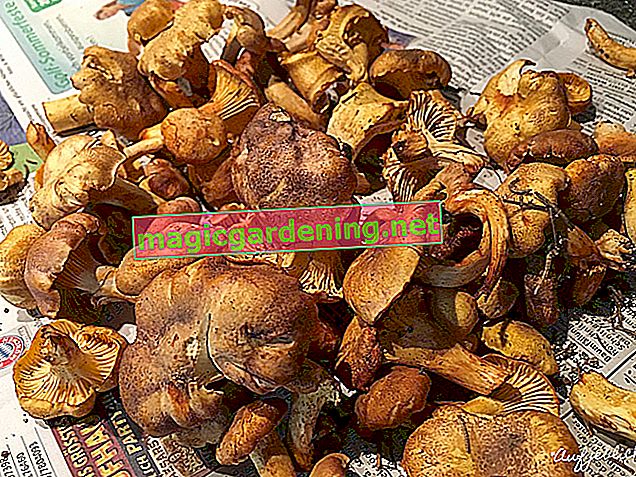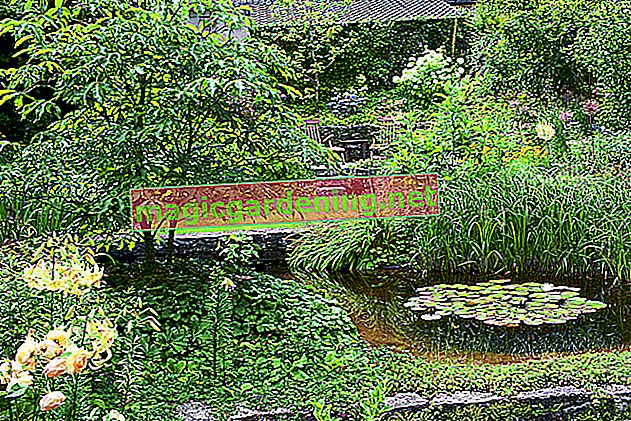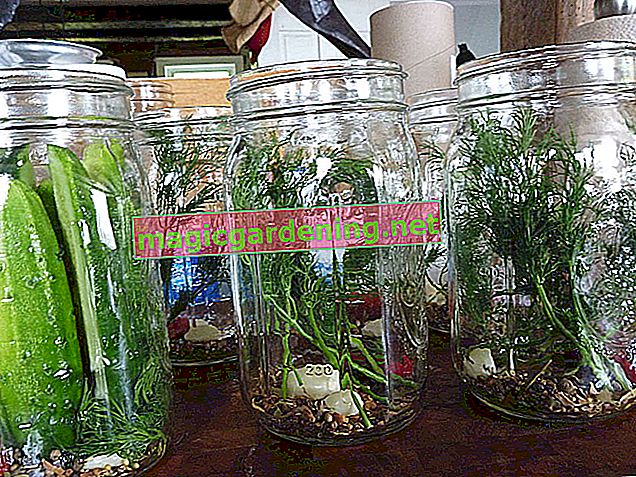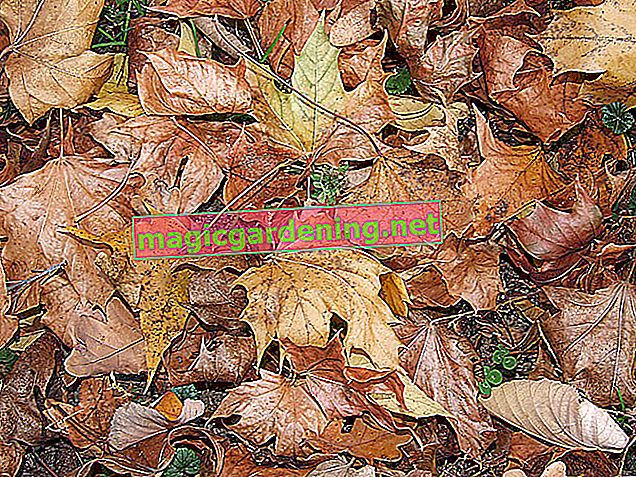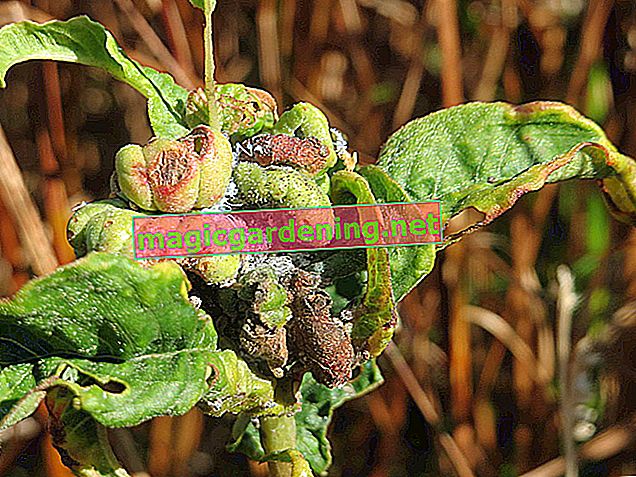
Animal pests on the blackberry canes
In addition to the diseases caused by fungi and other pathogens, there are also numerous pests that can cause damage to leaves and fruits. One of the best-known pests on blackberry plants is the so-called blackberry gall mite. It sucks on the fruits, which means that they no longer ripen completely and remain red. The best antidote to the multiplication of the blackberry billy mite and the equally damaging flower prick is to cut off the harvested blackberry canes in autumn and winter. In this way, the clutches and winter hiding places of the pests can be removed with the shoot tips of the old rods.
also read
- Recognize and combat diseases of the thuja emerald
- Recognize and fight diseases on the spherical maple - this is how it works
- Recognize and combat diseases of the blood currant
Care and fertilizer for the vitality of the blackberries
Prevention is the best remedy for the appearance of diseases on the blackberry canes. So the general vitality of the stand should be increased by bringing the blackberry plants into a not too dense and well ventilated shape with a trellis or other climbing aid for blackberries. In addition, deformities on the leaves, rods and fruits can also be the result of an insufficient supply of some nutrients. Fertilization with special potassium-containing berry fertilizers or a biological alternative in the form of animal manure or compost should be administered several times a year if possible. The regular cutting of the two-year-old canes after the harvest offers the new shoots enough light and space, but deprives diseases and pests of their livelihood.
The most important blackberry diseases and how to combat them
Most of the following diseases can only be controlled inadequately and often occur when the population density is too high:
- the rubus diver
- the tendril disease
- powdery mildew and downy mildew
- the gray mold
- that of the Colletotrichum fruit rot
In the Rubusstauche, the side shoots grow in a compressed and tuft-like shape. The blackberry sticks affected by it are weakened in their vitality and usually die within about five years. The tendril disease, on the other hand, initially causes black and purple spots to appear on the tendrils. Later black fruiting bodies of this type of fungus form, which, if they are strong, can also lead to the death of the plants. In the case of downy mildew, the blackberries dry up before they ripen, in the case of powdery mildew, on the other hand, a whitish-gray coating forms on the leaves and tendrils of the blackberry plant. You can spray against powdery mildew with a biological brew made from nettles or horsetail soaked in water for a few days.
Tips & Tricks
There are some chemical agents against blackberry diseases, but these usually spoil the usability of the fruit for at least one year. Some diseases can be curbed by consistently removing infected plant material and correcting the density of the population.

